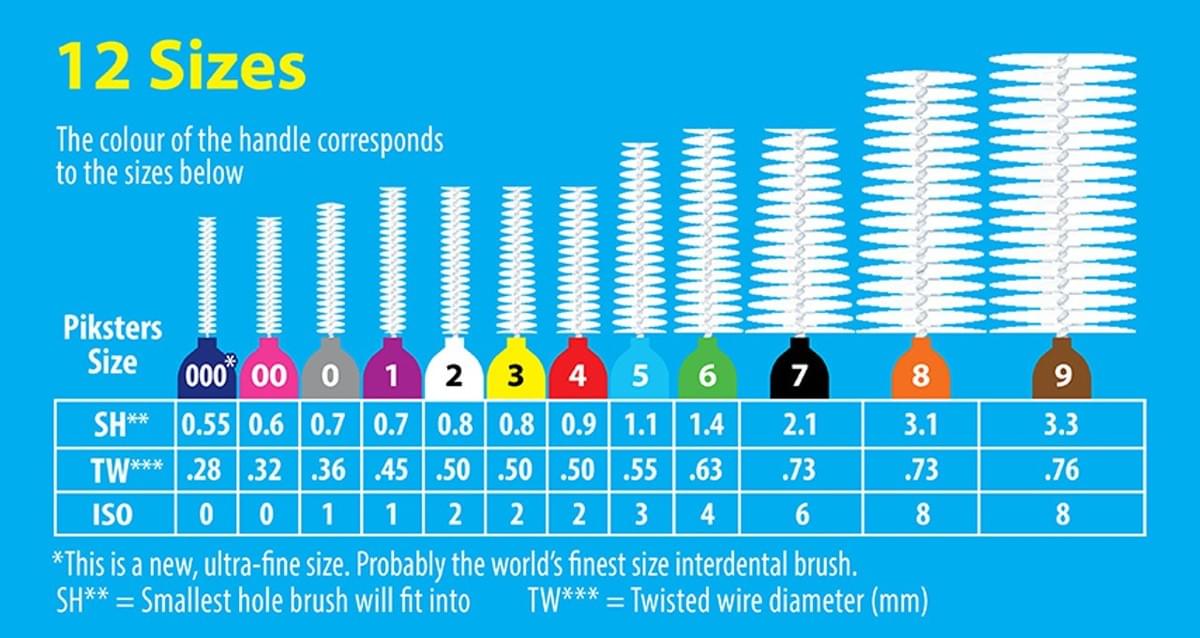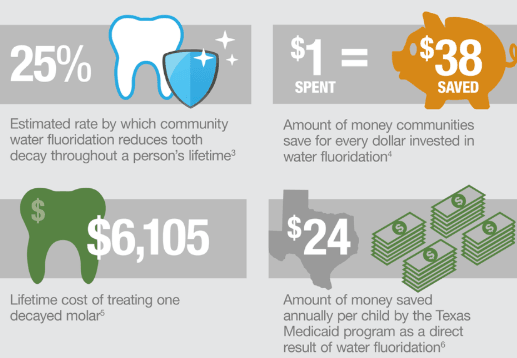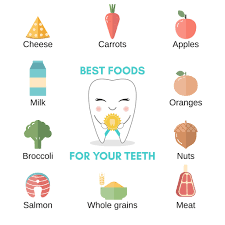



Teethforhealth.com
- About Us
- Disease Risk Assessment
- …
- About Us
- Disease Risk Assessment



Teethforhealth.com
- About Us
- Disease Risk Assessment
- …
- About Us
- Disease Risk Assessment

Prevention of Oral Diseases
Most oral diseases are preventable. Their prevention/ management requires both you and your dental practitioner(s) to work together.

What can you do?
- Brushing 2 times/day and clean your tongue regularly
- Interdental cleaning/flossing at least 1 time/day
- A healthy diet with adequate nutritional intake
- Use of suitable dental products e.g. toothpaste and tooth mousse
- Regular check ups from a dental practitioner
- Attendance for clinical management as requested*

What can your dental practitioner(s) do?
- Check your teeth, gums and other oral structures
- Inform you of your oral health and provide comprehensive explanation
- Provide consented management as deemed necessary within their competency
- Provide referral pathway to other dental or health practitioners if necessary
*Treatment may be completed in multiple visits to ensure the most effective and successful treatment outcome
Brushing
The aim of tooth brushing is to remove dental plaque (bacteria) from our teeth and apply fluoide to reduce the risk of oral diseases.
Recommended routine: brush 2 times/day for 2 minutes each with modified Bass Technique (as shown below)

Step 1 - Be gentle, use a soft and fine toothbrush, do not brush too hard
Step 2 - Place your toothbrush at 45 degrees angle towards the gum line and brush gently up and down (especially if you have receding gums/exposed root surfaces)
Step 3a (manual) - After cleaning the gum line, use a gentle, small circular motion on 2 to 3 teeth for 5 seconds and start brushing
Step 3b (electric) - Place the oscillating head on each tooth surface for 3-4 seconds, then move on (no circular motion)
Step 4 - Brush all surfaces of every tooth and your tongue softly
Practical tip - "Spit no rinse" technique, spit out the excess toothpaste and do not rinse with water
(Prolonged exposure of toothpaste maximizes the effect of fluoride in preventing decay and reducing sensitivity*)
*Dosage of fluoride/type of toothpaste varies between kids and adults - consult your dental practitioner before using

Tooth abrasion caused by brushing too hard - higher risk of tooth sensitivity and tooth decay
Flossing/Interdental Cleaning
The aim of flossing and interdental cleaning is to remove food debris and plaque in between your teeth, where the bristles on your toothbrush cannot access. However, flossing and interdental cleaning cannot substitute each other.
Step 1 - Take a 40 cm length of floss and wrap 2 loops around your left and right middle fingers, leave about 5 to 6 cm in the middle
Step 2 - Gently push the floss in between your teeth and press it down below the gaps/ contact points
Step 3 - Floss up and down against the sides of both teeth by making a C-shape around 1 tooth, then the adjacent one
Step 4 - Clean the gaps of both front and back teeth*
Practical tip - Do not push too hard or use a sawing action to avoid damage to your gums
*If there is any inflammation, gums are expected to bleed when brushing/flossing. The bleeding should stop with regular cleaning in most cases.
Interdental brushes can be used to clean between teeth during braces, dental bridge and dental implants.

It is important to use an interdental brush of a suitable size and practice the correct technique.
We recommend using the water flosser in front of the mirror (especially for the first few times).
Tongue Cleaning
More than 50% of oral bacteria live on your tongue! They can produce volatile sulphur compounds (VSCs), leading to bad breath and certain health issues*. The tongue is part of your mouth and it should be looked after.
You can either use a tongue scraper or a toothbrush.

Step 1 - Be gentle, place the scraper at the back of the tongue and pull the tool forward to the front of your tongue
Step 2 - Move the scraper across your tongue multiple times at different angles
Step 3 - Remove the excess food or debris from your tongue by rinsing your mouth with water
Step 4 - Remove or rinse the tongue scraper each time you use it to keep it sanitary and clean
Frequency: Twice daily after brushing and flossing
*Dosage of fluoride/type of toothpaste varies between kids and adults - consult your dental practitioner before using

Use of Dental Products
Dental products contain different active ingredients to prevent and manage different conditions.
Basic
In general, normal toothpastes with fluoride are recommended (without whitening agent), such as:
- Cologate Total Original/Advanced Clean
- Oral B Gum Care & Enamel Restore
- Sensodyne Repair & Protect
However, if you have sensitive teeth, your dental practitioner may recommend the use of sensitive toothpastes, e.g. Cologate Sensitive Pro-Relief and Sensodyne Sensitive Teeth Pain Rapid Relief.
Instructions to use them:
2-3 weeks of regular toothpaste > 2 weeks of sensitive toothpaste and repeat the cycle until the sensitivity reduces to a tolerable level. Prolonged usage can reduce the effect of certain agents.
Advanced*
If you have specific oral conditions such as rampant tooth decay, severe gum diseases or dry mouth, your dental practitioner may recommend the following products.
- Neutrafluor 5000 Plus toothpaste (for tooth decay control)
- Sensodyne Rapid Relief (for instant sensitivity relief)
- Sensodyne Complete Care + (for stain prevention and sensitivity relief)
- GC Tooth Mousse (for tooth decay control)
- Cologate Savacol mouthwash
- Colgate Neutrafluor 220 daily fluoride mouth rinse (for tooth decay control)
- Biotene 7 mouth spray/gel/mouthwash
- Cologate Plax Antibacterial Mouthwash (no alcohol)
Please consult your dental practitioner for exact instructions. Prolonged usage of certain products can cause unnecessary side effects.
If you have specific dental appliance(s), you can consider the following products:
- Polident Retainer & Mouthguard Cleanser
- Polident 3 Minute Denture Cleanser
- Polident Denture Adhesive Cream Flavour Free
*The actual usage and frequency mainly depend on the severity of the oral condition(s) and related medical health
Denture Hygiene
Both full and partial dentures need to be cleaned daily using the following tips.
Tip 1 - Clean your denture(s) after meals
Tip 2 - Brush your denture(s) with a separate soft bristled toothbrush and liquid soap
Tip 3 - Fill the sink with water and clean your denture(s) on top to avoid breakage if dropped
Tip 4 - Remove your denture(s) overnight and leave it in a clean and dry container
Please visit your local dental practitioner regularly to review the condition of your denture(s) and oral cavity
Diet and Oral Health
Diet plays an important role in maintaining good oral health. Be aware of timing, frequency and quantity.

Limit sugar intake
- Frequency and timing matter more than quantity
- Be aware of hidden sugar
- Use a straw to reduce contact

Minimise an acidic diet
- E.g. citrus fruits, soda, alcohol, soft drinks
- Rinse with water afterwards
- Have sugary drinks with meals

Limit sticky snacks
- Be aware of honey, driet fruits, caramel, toffee and syrup (high in sugar or starch)
- Eat them as part of a meal
- Wait 30 minutes if the snack is acidic

Choose healthy snacks
- High-fibre fruits and vegetables
- Calcium-rich foods
- Phosphorus-rich foods

Avoid chewing hard food
- Watch out for nuts and meat with bones
- Cut hard foods into smaller pieces
- Don't use teeth as tools

Rinse instead of brushing after acidic/carbonated food and drinks
- Wait at least 30 minutes before brushing
- Can use sugar-free gum with xylitol
- Allow enamel to re-harden

Consider xylitol products
- Chew for 10-20 minutes after meals/snacks
- Reduce harmful bacteria
- Promote salivary flow and remineralisation

Balance overall nutrition
- Deficiency in vitamins and iron impair gum health and enamel strength
- Omega-3 fatty acids reduce gum inflammation
- Limit highly processed or an deficient diet

Drink fluoridated water
- Promotes saliva production
- Neutralises acids
- Avoid bottled water for fluoride


















